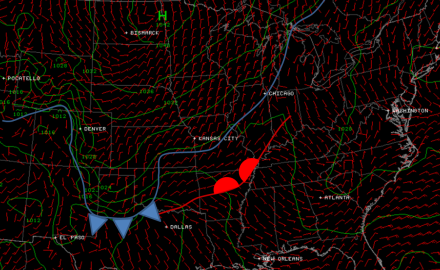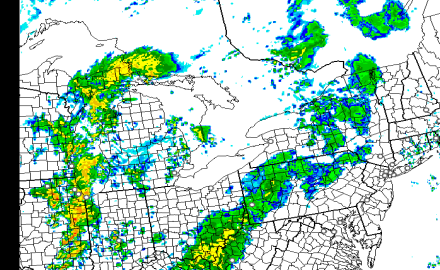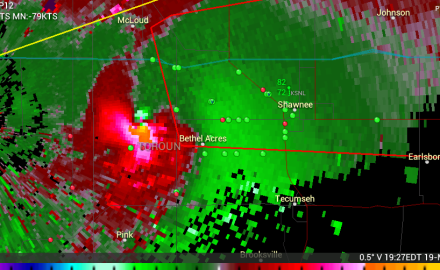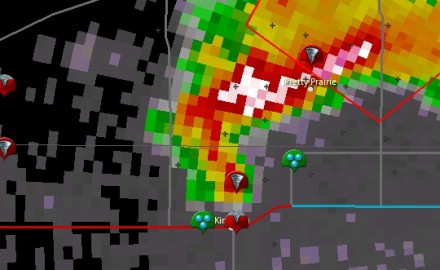Identifying A Weather Front For Firefighters: Part 2
In part 1 we looked at understanding weather data to help identify a frontal boundary. In part 2 we will conclude by examining wind speed and direction as part of our understanding the front, its movements and its expected behavior.Lets begin by looking at a very important...
Posted On 29 Mar 2014









